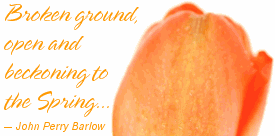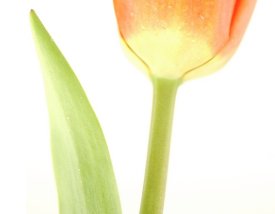< Sumatra, a registered "toyger(虎皮猫)," displays the rusty colored fur and unique black stripes(条纹) of the relatively new breed.
Sumatra, a registered "toyger(虎皮猫)," displays the rusty colored fur and unique black stripes(条纹) of the relatively new breed.
Toygers have been registered with the International Cat Association (TICA) since 1993. This May they will join more familiar purebred(纯种的) felines, such as Persians and Siamese, that can be judged as championship cats at TICA-sponsored cat shows.
Toyger creator Judy Sudgen said she hopes the playful pets will inspire more people to care about wild tiger conservation.
"We use part of the price of the kittens to help the conservation of tigers, since that's our inspiration," she said.
For now the toyger is a work in progress, and fanciers hope to produce cats that more closely resemble(近似的) tigers within the next few years.
 A toyger owned by breeder Jenifer Santee poses for a studio portrait.
A toyger owned by breeder Jenifer Santee poses for a studio portrait.
Toygers don't actually have any tiger genes. They're bred using traditional techniques to closely resemble the wild cats' characteristic markings. Santee said that public demand for(需求) the tiny tiger replica—which can cost about $3,000 (U.S.)—is extremely high.
Meanwhile Kirsten Kranz, of Specialty Purebred Cat Rescue, said her animal rescue facility is “overwhelmed” right now with Bengals—the spotted housecat first used to create the toyger.
Kranz and other animal welfare(福利) workers say that creating new breeds will only add to the growing glut(供大于求) of unwanted purebreds crowding shelters.
 Sumatra the toyger bats at leaves on a backyard deck. About 25 breeders worldwide have been working to perfect this tiny look-a-like of the world's largest feline.
Sumatra the toyger bats at leaves on a backyard deck. About 25 breeders worldwide have been working to perfect this tiny look-a-like of the world's largest feline.
Breeders are striving to(拼命地) produce cats with whiter bellies and shorter, rounded ears as well as ropy tails, wider noses, and thicker chins.
9 1 :



 [精彩文摘]Toygers
[精彩文摘]Toygers

